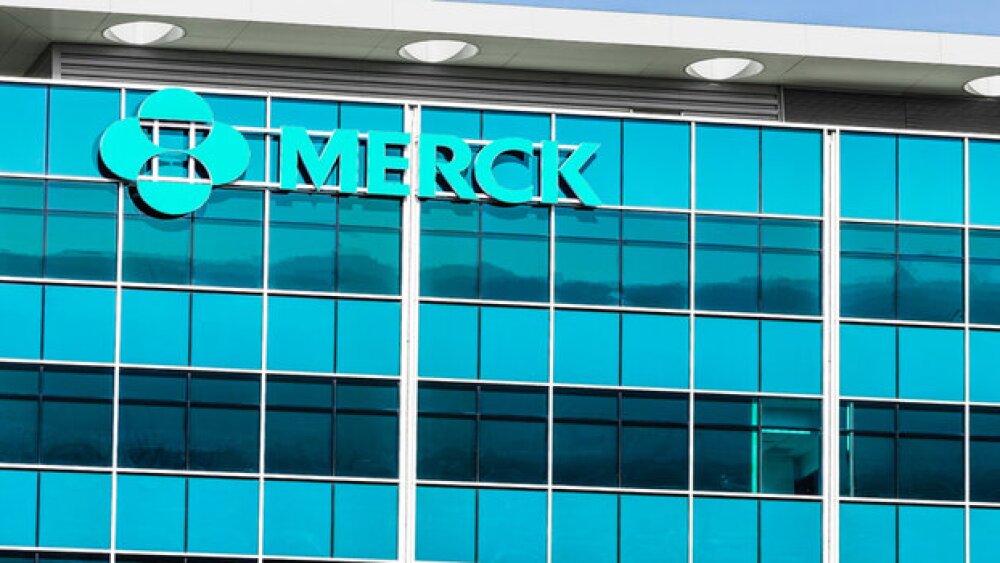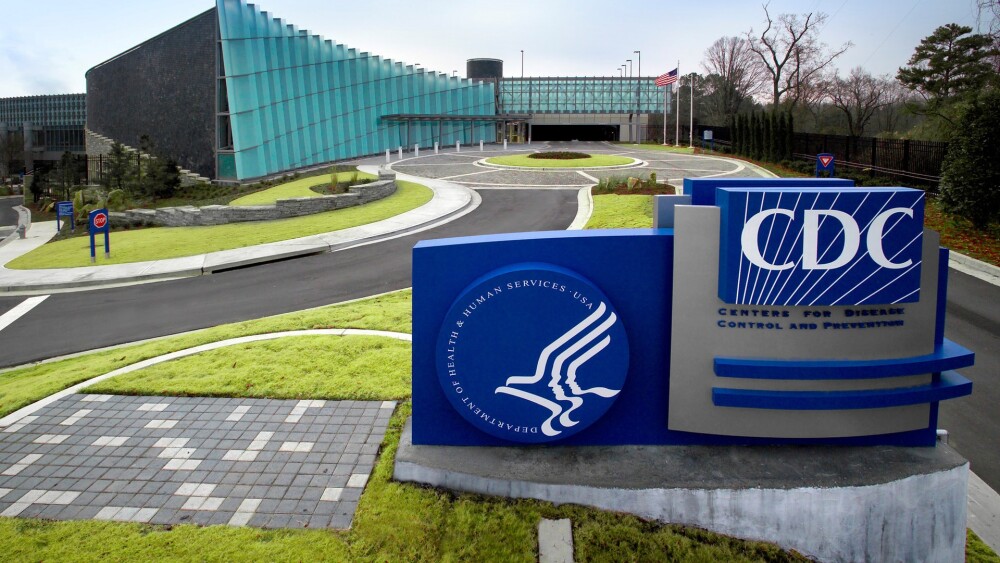Synthetic biology company Pearl Bio announced Tuesday it has entered into a license and collaboration agreement with Merck to discover biologic therapies comprising non-standard amino acids.
Pictured: Merck Research Laboratories building in California/iStock, hapabapa
Pearl Bio on Tuesday unveiled an alliance with Merck that could see the pharma giant pay up to $1 billion to collaborate on engineered biologics.
Massachusetts-based Pearl Bio is built on the work of Farren Isaacs and Michael Jewett. In 2013, Isaacs, a professor at Yale School of Medicine, published a paper on genomically recoded organisms (GROs) with collaborators including George Church. The big idea is to create proteins from amino acids other than the 20 that exist in nature, thereby unlocking opportunities to create better drug molecules.
Merck sees potential in the idea. Under the terms of the deal, Merck will pay up to $1 billion in option and milestone payments in addition to potential royalties to work with Pearl Bio on GROs and advance drug candidates that emerge from the collaboration.
The partners will initially apply the technology to the discovery and development of anti-cancer biologic therapies. Specifically, the goal is to create “multi-functionalized therapeutic candidates with tunable properties solving for some of the key shortcomings confronting biologics,” Amy Cayne Schwartz, co-founder and president of Pearl Bio, said in a statement.
In theory, the ability to use synthetic amino acids—rather than just the 20 found in nature—could enable researchers to create proteins with enhanced activity and find solutions to long-standing problems, such as how to optimize the drug-antibody ratio in antibody-drug conjugates (ADCs).
Pearl Bio’s team is part of a long line of research groups to explore the use of non-standard amino acids. A paper published in 1993 described the replacement of a natural amino acid with an amino acid analog. Later, other researchers described a different approach that enabled the addition of around 70 unnatural amino acids to the genetic codes of bacteria, yeast and mammalian cells.
Biotechs are active in the space as well. Amrbx, which Johnson & Johnson bought for around $2 billion, is using synthetic amino acids in ADCs. Sanofi bought a synthetic genome company, Synthorx, for $2.5 billion in 2019, only to drop a key program in 2022. GRO Biosciences, as the name suggests, has a GRO platform. Leaps by Bayer and Redmile Group led a $25 million investment in GRO in 2021.
Pearl Bio officially became part of the pack of synthetic biology biotechs when it exited stealth mode last year. As part of its unveiling, the biotech revealed investment from Khosla Ventures and a patent related to encoding synthetic chemistries to engineer programmable biologics.
Nick Paul Taylor is a freelance pharmaceutical and biotech writer based in London. He can be reached on LinkedIn.






